This review was originally published here on Headphones.com, but I am re-posting it for readers on Head-Fi.
Introduction
The cost of flagship IEMs has steadily skyrocketed over the last several years, so much so that seeing a $2000, $3000, heck, even
$4000 IEM released doesn’t surprise. So when Odin, Empire Ear’s latest flagship IEM, was released to the tune of a staggering $3400, I think people were more concerned with
how and
where to buy one than with the price itself. Indeed, Empire Ears has struggled to keep up with demand, and many retailers are currently sold out and awaiting new stock. But hype is hype, money is money, and I’m of the opinion that no flagship IEM has a right to cost as much the Odin does. Does Odin have what it takes to merit its hefty cost of entry, to shift my jaded paradigm? Let’s take a look.
This unit was loaned by Headphones.com for review and will be returned at the end of the review period. As always, what follows are my honest thoughts and opinions to the best of my ability.
Source and Driveability
All critical listening was done off of both an iBasso DX160 and A&K SP1000M using stock, Final-E tips and lossless FLAC files. The Stormbreaker cable was used with the A&K SP1000M and I swapped to a standard, 4.4mm 0.78mm cable with the DX160. The Odin is a surprisingly easy IEM to drive, not unlike some of the Campfire Audio stuff. Luckily, I had no issues with background hissing despite the high sensitivity.
The Tangibles
Empire Ears knows how to do their presentation, that’s for sure. Included are the following accessories:
- In Ear Monitor
- Empire Pandora Case
- Empire Cleaning Cloth
- Empire Cleaning Tool
- Final Audio Type E Tips - SS, S, M, L, LL
The Odin also ships with Stormbreaker, a cable specially designed in collaboration with boutique cable maker PW Audio. While I love to see Empire Ears including accessories like this, the value proposition is seriously questionable. And not even from a sound quality standpoint (which I won’t delve in to), but also from a
material quality standpoint. The plastic heat shrink that surrounds the cable’s jack has been cut jaggedly, the chin slider doesn’t lock into the flashy Y-splitter (a missed opportunity in this reviewer’s opinion), the Y-splitter itself has evidence of machining lines on it, and the plastic tubing surrounding the ear guides are of different lengths. While I understand that these flaws might be within manufacturer tolerances (and you know, the good old “it’s made by hand ergo there will be flaws!” argument), it attracts my ire nonetheless. And as if to add insult to injury, it only comes terminated in either a 2.5/3.5mm jack and the adapters sell for $50 each. All this for a cable that retails stand-alone for a staggering $1300! Yeah, I’m not really seeing it chief. Devoid of the cable’s questionable value, I do commend the material of the cable itself. It’s supple, non-microphone, and doesn’t tangle easily.
Moving on to Empire Ear’s end of things, I’ve always been a fan of Empire Ear’s Pandora case. It’s clunky, sure, but I’d expect nothing less than the best protection for my $3000+ IEMs. The silicon interior makes for easy cleaning and bump protection, the threading on the case is fairly good, and it’s just built like an absolute tank.
Odin itself is quite the looker. You can tell that they’re putting a lot of effort into the details. The Bifröst faceplate as they call it, is designed to represent the mythical rainbow bridge between Midgard (earth) and Asgard (the realm of the gods). And no, it’s not just holographic rainbow foil. I’ll let the marketing doing the talking:
“The Bifröst features nine individual polymer layers in three proprietary lamination steps and each lamination is unique in its ability to filter and reflect specific wavelengths of light. This results in a faceplate that will produce breathtaking color transitions as the viewing angle changes -- literally shifting before your very eye.The Bifröst is masterfully handcrafted in the USA by an award winning chemist that currently holds two patents in polymer science for high solids coating chemistry.”
As you might expect, the build quality is also excellent. There’s zero gaps between where the faceplate, cable connector points, and shell of the IEM meet. I do find the faceplate a bit flashy for my tastes, but...if you’re spending this much on an IEM, that’s probably exactly what you’re looking for. The Odin is also very lightweight, although I do find it to be on the larger side of things which should be a fair consideration if you have smaller ears. Driver flex, a sort of harmless crinkling, is also present when you insert them in your ears.
Sound Analysis
Frequency response taken off of an IEC-711 coupler. Measurement is raw, and there is a resonance peak at 8kHz.
Empire Ears has eschewed the flavorful tunings of their past IEMs and in its place is something much closer to, well, simply neutral. It’s refreshing to see this; ironically, normally the opposite would hold true. As I’ll be delving into, though, the benefits are myriad.
Tonality
Bass is tastefully boosted while forgoing the monstrous 1kHz shelf that characterizes Empire Ear’s other hybrid IEMs. And as a result, Odin’s transient attack has seen a massive improvement with a lot of the bloat and transient smearing present on those IEMs cleaned up. Bass texturing and transient density are also present in more-than-adequate quantities.
Really, there’s not much to nitpick. But if I had a critique, and this is more personal preference than anything, it’s that I kind of
liked the bloat and try-hard quality the W9+ subwoofer exhibited when excessively boosted. If there was one thing I couldn’t knock, it’s that it had character. By virtue of Odin’s tuning, though, it’s sort of just
there, if not well-done and of high quality. I do find it to be lacking something in the sheer air that I could tell was being pushed on the Empire Ears Hero and Valkyrie. Decay also seems to have taken a hit, but that’s more personal preference than anything. I might be asking for too much; after all, you can’t always have your cake and eat it, and it stands that this is a massive improvement over some of their past offerings on the basis of quality.
Midrange-wise, wow, I’d be hard-pressed to name another IEM that bests Odin for detail retrieval and resolution here. Vocal inflections, and really anything in the upper-midrange, pop a good deal. The lower-midrange is less forward (not necessarily a bad thing for my tastes) whilst maintaining good macro-detail and a natural note-weight to my ears. While the upper-mids are stirring the hornet’s nest for reasons I’ll outline below, subjective preference aside, the Odin’s midrange is terrific from a technical perspective. BA timbre does seem to be present, but it’s mostly limited to a lack of transient density than anything.
The treble is an interesting part of Odin's tuning. In my experience, electret driver implementations tend to be hit-or-miss with emphasis on the latter. And not to go off on a tangent, but few things irk me more than the oft-used word “smooth” as an excuse for IEMs with (in my opinion) very poorly done electret driver implementations. Said implementations often come at the expense of technical capability and an excessively dark tonality. But Odin’s treble isn’t bad at all. Make no mistake: It
does roll-off in the utmost highest frequencies, but this is the type of smooth roll-off that I can live with and that, at the very least, doesn’t necessarily detract. I’d certainly prefer more pseudo-air, but I’d wager this slight roll-off is beneficial from a coherency aspect.
Technical Performance
To no one’s surprise - or at least no one who’s heard an Empire Ears IEM - the Odin has the ever-elusive intangibles in spades. One of the most interesting things to me is Odin’s transients; their overall sonic character. With some IEMs, like
qdc’s Anole VX and the Fearless Audio S8 Pro, I get the impression that the IEM is under duress, almost force-hammering detail out of tracks. By contrast, the Odin presents everything without undue strain or lack-there-of. This is where that more subdued electret treble comes into play, and in tandem with its terrific resolving capability, there’s an undeniable stately, dignified quality to the Odin’s presentation that befits its namesake. While this same quality neuters Odin’s dynamic range, something I’ll delve into later,
transparent, as much as I dislike using this word, is really the first word that comes to mind.
In a similar vein, what actually caught my attention most on first listen were Odin’s positional cues; the extent to which one is able to pinpoint where individual sounds and instruments are coming from on the stage. And indeed, the Odin is quite possibly
the front runner for this subset of imaging. This is aided by Odin’s excellent staging capabilities; I hear abundant width and depth that border on breaking the headstage. For an all-around sense of staging distribution that envelops the listener, the Odin firmly seats itself in best-in-class territory.
In terms of more traditional metrics like resolving capability, specifically sheer resolution, I’d put Odin up there with the likes of the Anole VX, an IEM many would regard as the most resolving in the game. Notes in the midrange are delivered incredibly crisp, and layering - the sense of space between instruments throughout the stage - is superb. I’m inclined to say you lose some edge in the treble, but by all accounts I’ll take it over hyper-boosted, fatiguing treble any day.
Unforgiving Explication
Oh, no! He’s going to criticize Odin. But Odin’s a $3400 IEM, it must be terrible then. Or -
Dang, this guy’s full of *bleep*. I don’t hear any of the faults he’s hearing. Before the pitchforks come out, let me just say that the Odin’s a fantastic IEM. But yes, I’m going to critique it because at least this way you know what
could be a dealbreaker for you. I’d wager that’s preferable to praising everything. That being said, a lot really comes down to tonal preference at the flagship level. And while the Odin certainly isn’t lacking in “wow” factor, unfortunately, it fails to hit my tonal preferences as closely as I’d like:
- You’ll note from the frequency response graph that the upper-midrange of the Odin is quite forward. Although it doesn’t exhibit the transient edginess I’ve come to note on IEMs like Empire Ear’s own Hero, it’s fatiguing for my tastes - too bright, too thin, helped in no part by the BA timbre. For the record, this is a trait that neither “settles” for me over extended listening nor with more burn-in (my Odin is a demo unit, so it’s been played plenty); I find it consistently presents itself. Perhaps because I constantly swap between IEMs while reviewing, tonal differences tend to pop more than they would otherwise.
- Outside of sheer resolving capability - the aforementioned “wow” factor - I do find the Odin to be lacking on some fronts intangibly. For example, despite the snappy dynamic transitions, contrast itself seems lacking. The Odin fails to appropriately sweep the quietest sections of tracks, and has a strong upward skew to its macrodynamics that does no favors for the upper-midrange hotness. To an extent this is also what gives it that “stately” quality I noted earlier; however, I’d be hard-pressed to ignore the subsequent trade-off.
- Another good instance is imaging. And well, I hate to say it, but Odin’s imaging is not holographic. “Holographic” is a word I see misused quite often (at least relative to how I would define the term); it’s indicative of an IEM’s ability to shape the “walls'' of the stage around the listener. This is generally characterized, for me, by copious amounts of “air” surrounding instruments; I believe this quality is largely a product of pseudo treble air, but distinct from the sense of space that results from a dark background. To this effect, despite rendering positional cues to a very high degree and ample image diffusal, the Odin lacks the solidity to said image that I would attribute to the few, truly holographic IEMs.

Music
I’ll be honest, I kind of just skip these sections when I read reviews about IEMs. Something about not being able to relate, and quite frankly, just not finding them particularly informative for my purposes. This isn’t to say they’re at all bad, though, and I can see the appeal. So what the heck? I’ll take a stab at it. These are a few of the tracks I used, and I’ll mostly just be covering what I’m looking for specifically rather than delving into outright wishy-washiness.
Taeyeon’s “Fine”: This is one of my favorite songs to test center image positional cues. There’s a series of vocal overdubs as she enters the chorus, but here’s the kicker: They all come from slightly different points - depth, height, and width - on the center stage. I find the Odin images the overdubs slightly higher positionally than normal, albeit with excellent distinction between each one and a surprising amount of depth.
Sawano Hiroyuki’s “e of s (Remastered)”: Sawano’s stuff often plays with staging, so they make for fitting test tracks in my opinion. Here, I’m looking for stage depth and treble forward-ness, as there’s a series of stick-on-stick hits in the opening that should be positioned towards the back of the stage. This is also the track I use most often to force-check macrodynamic ability. There are several abrupt, quiet-to-loud transitions throughout the track that the Odin fails to scale correctly.
Dreamcatcher’s “Silent Night” & Sabai’s “Million Days”: These are the two tracks I generally use to get a quick feel for an IEM’s bass. Silent Night has a very deep drop at around 0:10 that I can use to assess bass texturing and extension; in general, the electronic hits in this track have texturing that’s very obvious to me. The Odin performs admirably here. On the other hand, Sabai’s “Million Days” does not have said texturing. It has more sub-bass oriented drops that I use to assess bass decay and bass quantity. I find the Odin’s decay to be a little quicker than I’d like here if not still very natural.
Eric Church’s “Hell on the Heart” & Taeyeon’s “Feel So Fine”: Test tracks for male and female vocalist sibilance. Lots of “s” consonants and occasional lisping in “Hell on the Heart,” but Odin has no trouble here. No issues with sibilance on“Feel So Fine” either; however, Taeyeon’s voice is too bright, thin for my tastes - it’s fatiguing. Same story on Tiffany’s “I Just Wanna Dance” except there’s a lot of treble action; the Odin’s lack thereof brings the upper-midrange to the forefront clashing poorly within the context of this track.
Select Comparisons
Campfire Andromeda 2020 - $1099
Here’s a fun one. I recently saw some discussion about how the Odin outclasses the Andromeda 2020 in
every respect, and well, I have to agree to disagree.
The Andromeda 2020 is one of the IEMs I mentioned earlier that I would consider truly holographic. If this is your jam, then yes, it handily beats out the Odin here.
- Coherency. While the Odin is indeed very smooth, no matter what the synX technology marketing says, I can tell there’s a crossover at play between the subwoofer and the midrange BAs thanks to their respective note textures and the bass slam. Conversely, the Andromeda 2020 is seamless, no doubt thanks to CA’s crossoverless design and use of solely BAs.
- Treble extension. The Campfire stuff has some of the most well-extended treble I’ve heard, and it’s not a contest between the Andromeda 2020 and Odin here.
I guess my point is that the Andromeda 2020 is at the cusp of which diminishing returns start kicking in hard. Especially between two already great IEMs, I can’t help but feel that whether or not something is “better” largely comes down to tonal preference. So if you’re happy with what you have, then I see no reason to upgrade. Outside of these remarks, the Odin
does have an advantage in the general technical works. Bass slam is much more defined, positional cues are sharper, and sheer resolution is a good couple steps ahead. You can expect the Odin to have a brighter, more detail-oriented signature while the Andromeda 2020 is more laidback, warm, while not straying far from neutral either.
64 Audio U12t - $1999
It’s no secret that the U12t is one of my favorite IEMs. Indeed, between the two, I find the U12t to be the more intangibly pleasing IEM. The transient smoothing and terrific macrodynamic ability of the U12t contrast rather sharply with Odin’s borderline fatiguing midrange transients and poor, upward-compressed dynamics. It doesn’t help that I also prefer the U12t’s more laidback tonality. There’s a dip in the U12t’s upper-midrange which begets an unprecedented sense of depth, and the treble is airier, more articulate, executed with a very unique type of stick impact. As good as Odin’s tuning is, I’m inclined to say the U12t squeaks by with more of that magic, “X-factor” while maintaining superb technical chops.
That being said, for those who enjoy a details-in-your-face oriented, brighter IEM, the Odin is an apt alternative. It has an edge in sheer resolution, and I prefer its dynamic driver bass to the U12t’s (admittedly very good) BA bass. I’d also probably give Odin the edge in stage size and evenness of image distribution. I don’t think you can go wrong with either, and again, it’ll likely come down to tonal preference.
64 Audio tia Trio - $2299
You know, if you took Odin’s pricey cable out of the picture, the Odin would actually be at around the same price as the tia Trio, so I think this is a fitting comparison.
Let’s talk about tonality. Trio’s bass slams harder and there’s a certain density to its transients that simply drips richness relative to the lack of character that Odin’s bass has. The lower-midrange is scooped out more than the Odin’s with a dip at 1kHz before rising in the upper-midrange, but not as aggressively as the Odin does. I’ll admit it sounded a bit hollow while A/B-ing. The Trio’s treble also has something of a lower-treble suckout, but extends with more fizzle. Between the two, the Trio leans more fun than reference-y.
Intangibly, the tia Trio is another one of the few IEMs that I’d consider to have holographic imaging, and indeed, it was the reference I turned to while assessing the Odin. Both also have something of an upwards skew to their macrodynamics with overall dynamism favoring the Trio. Outside of this, I do find the Odin to have a good edge in resolving capability, and where Odin
really takes the cake is in coherency. The Trio is noticeably more “disjoint” than other hybrids whether by virtue of its tuning or its intangibles. It somehow all clicks together nicely for the Trio, but I’d say Odin is the more well-rounded of the two IEMs.
Vision Ears Elysium - $3000
It’s been awhile since I’ve heard the Elysium, but I’ve never been too keen on it. The decision to have a DD token the midrange and a BA the low-end is a perplexing one, and really, I never saw the payoff. Elysium’s bass is more mid-bass (punch) oriented, and yet it fails to match Odin’s dynamic slam much less texturing or transient richness. And then we get to the midrange where quite frankly, the Odin makes the Elysium sound straight-up blunted. Sorry - just calling it as I hear it. Treble is the one instance in which I can see the Elysium having an advantage over Odin. The Elysium’s treble has more presence, extends further, and lends the Elysium to a more V-shaped tonality. Some might find the Elysium the more “musical” of the two; nonetheless, I’m of the opinion that the Odin is the better tuned
and more technical IEM.
Jomo Trinity Brass - $2800
The Trinity Brass is another fitting comparison, as it’s a tribrid as well. Tonality-wise, the Trinity Brass has an enormous 1kHz bass shelf not dissimilar to some of Empire Ear’s other IEMs. While of decent quality, the low-end delves into bloat. The midrange is thick if not somewhat unremarkable, and treble is classic EST - that is to say, it rolls off. This results in an extremely warm IEM that doesn’t offend; overall I’d consider it to be competently tuned. However, as a result of its tonality, the Trinity Brass takes a hit in technical performance, and for me, the Odin comes out the clear winner. Go for the Trinity if you want something warm, bassy, and easy on the ears, and go for the Odin if you prioritize note clarity, technicalities, and want the “better” IEM on paper.
Empire Ears Wraith - $3500
This is the flagship IEM of Empire Ear’s EP (Empire Professional) line-up. It was
not met with positive reception when it was released for good reason. And well, let’s put it this way: If you have upwards of $3000 to spend on an IEM, buy the Odin. Heck, buy the Elysium. Anything
but this. “Wraith” is an apt descriptor for this IEM’s sonic qualities.
But it wouldn’t be fair to leave you hanging, so I’ll indulge. Wraith’s bass is characteristically BA: It’s one-note, decays far too quickly, and sounds like it rolls off. The midrange sounds like someone is in the room adjacent to you and is speaking through the wall. And the treble...what treble? The Wraith literally rolls off after 5kHz if you don’t have it hooked up to a dedicated amp to power the electret drivers. And we haven’t even talked about technical capability which, quite frankly, is reminiscent of IEMs a tenth the Wraith’s price. Per usual, I feel the need to disclaim that there’s something for everyone, but juxtapose the Wraith with the Odin and you have as close a ringer for “objectively” better as it gets.
The Verdict
If you’re someone who’s skipped to the end of this review (hey, I do the same thing, I don’t blame you!), then I recommend
briefly skimming the section just above this one about the Empire Ear’s Wraith. It’ll help frame where I’m coming from.
In many respects, at least for me, the Odin represented an opportunity for Empire Ears to redeem themselves; needless to say they’ve done that and then some. The Odin is
unmistakably a top-tier IEM. And this is not a term I sling around lightly. In my eyes, a top-tier IEM is not necessarily a reflection of price, but rather an IEM that stands at the audio summit on the merit of its sound quality alone - a daunting criteria the Odin meets. Empire Ears has walked to the plate, taken the shortcomings of the Wraith (which were myriad to say the least) to heart, and knocked it out of the park with Odin.
But is the Odin worth $3400? That’s the
real question, and boy is it a tough one. Ultimately, I’m of the opinion that pride of ownership and the joy of listening are factors that you simply can’t put a price on. You’re probably not a rational buyer if you’re buying flagship IEMs anyways. And as much as part of me hates to admit it because neither does the Odin hit my tonal preferences, nor will I ever buy one, the Odin’s one of the most well-rounded IEMs on the market today. Recommended - for both those with deeper pockets and for those with thinner wallets who think this could be their endgame alike - and a job very well done to Empire Ears.





















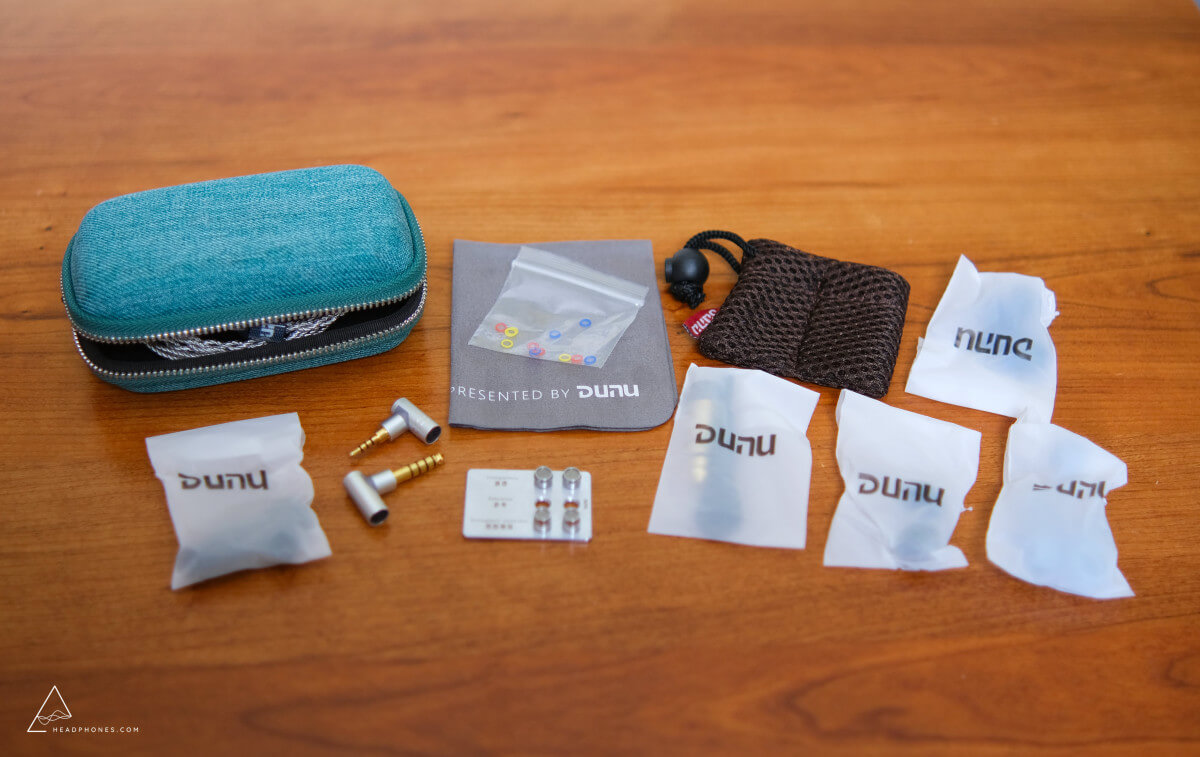
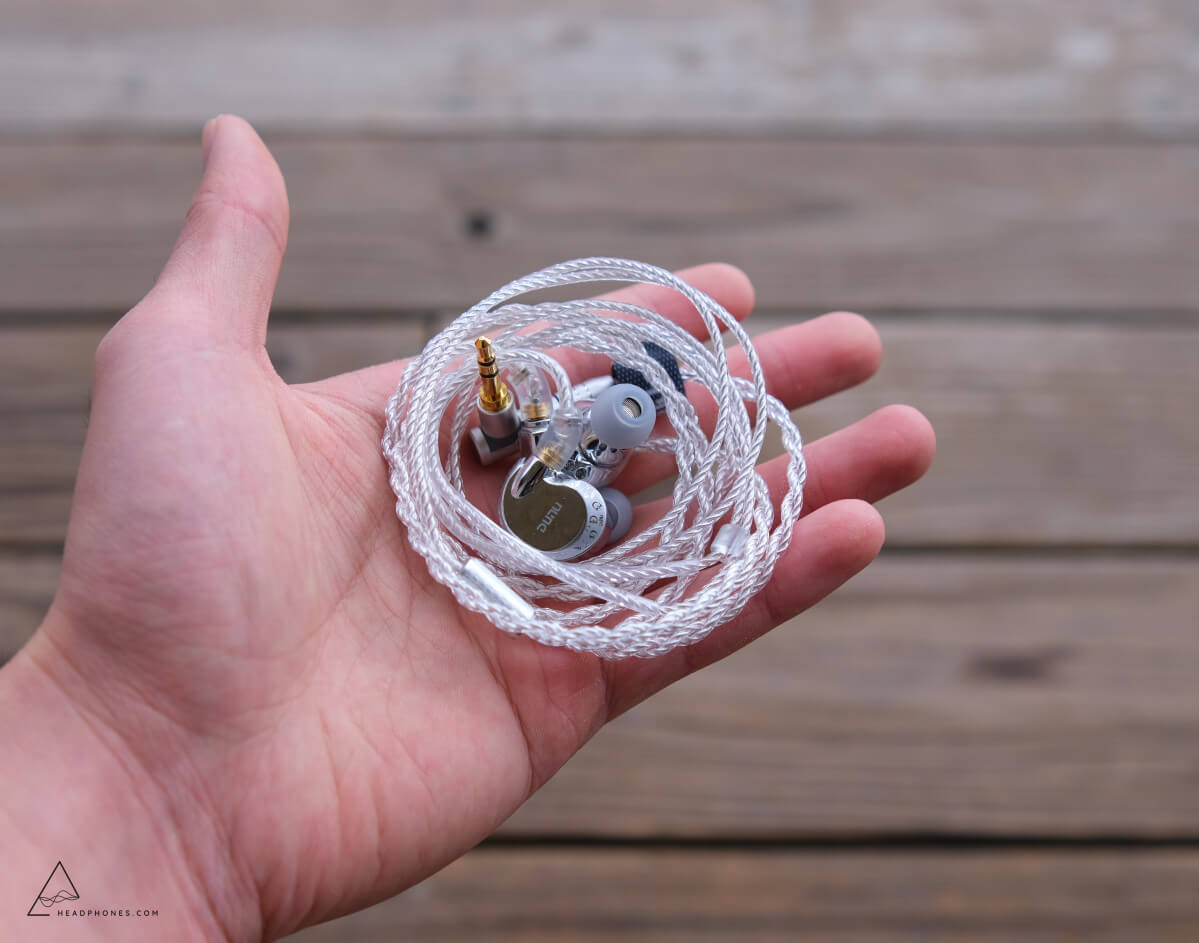
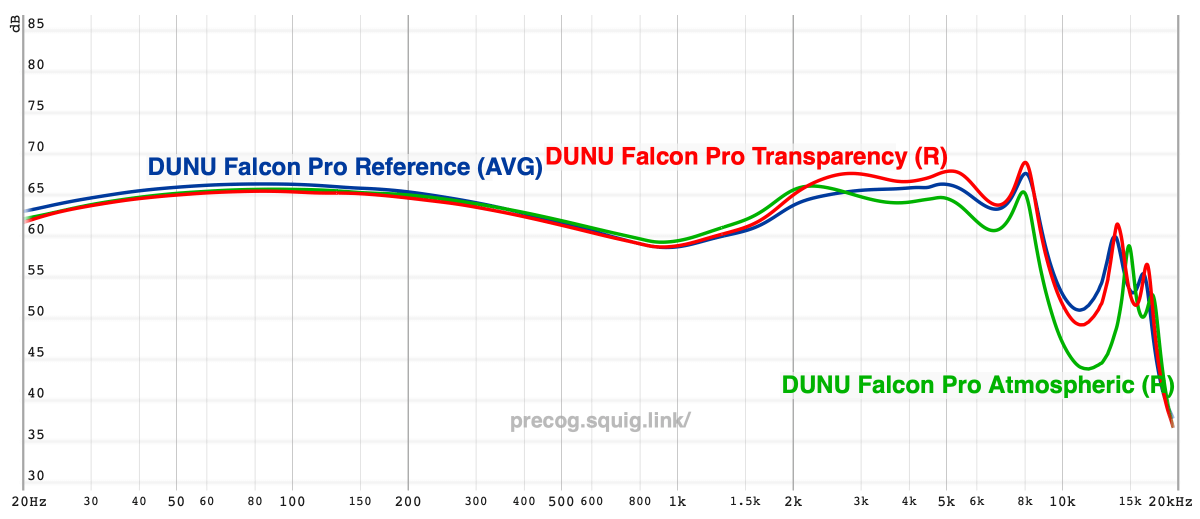
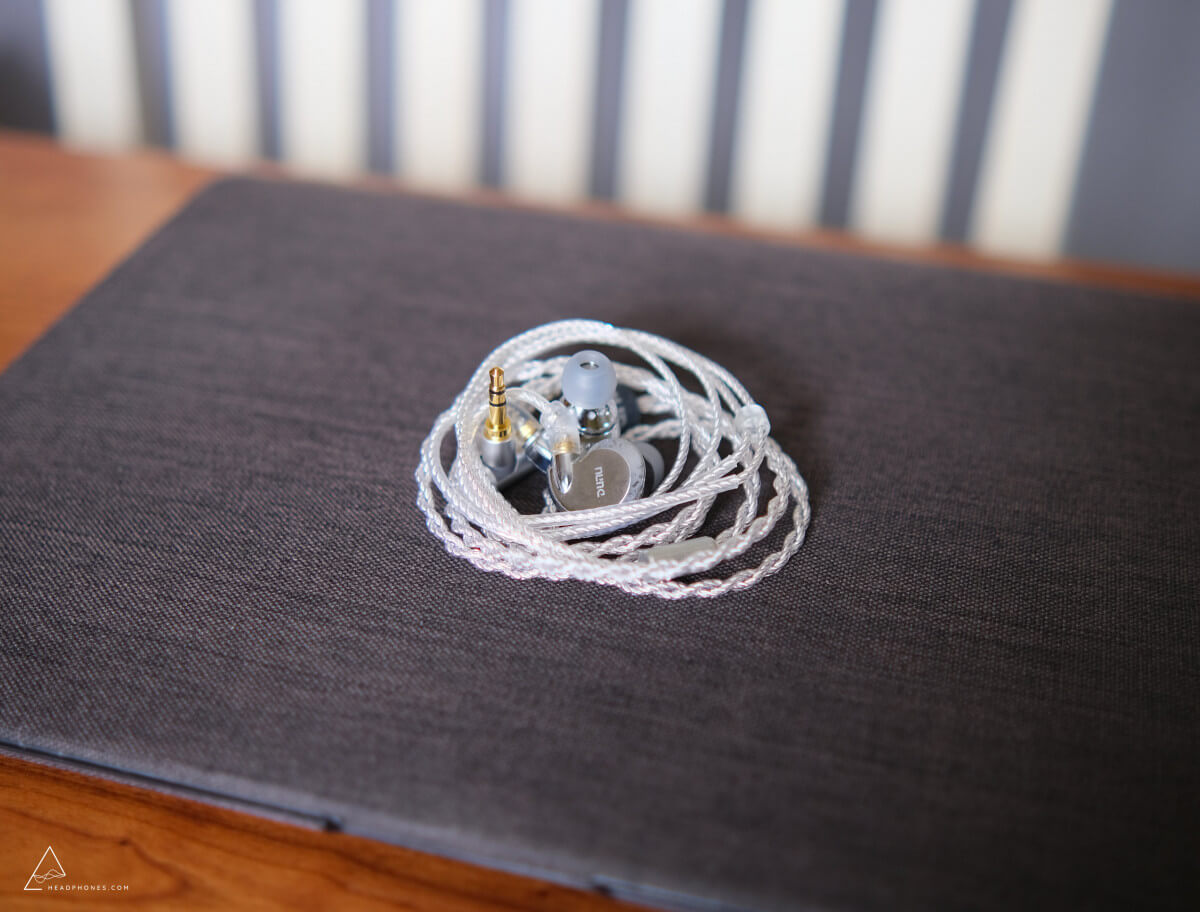




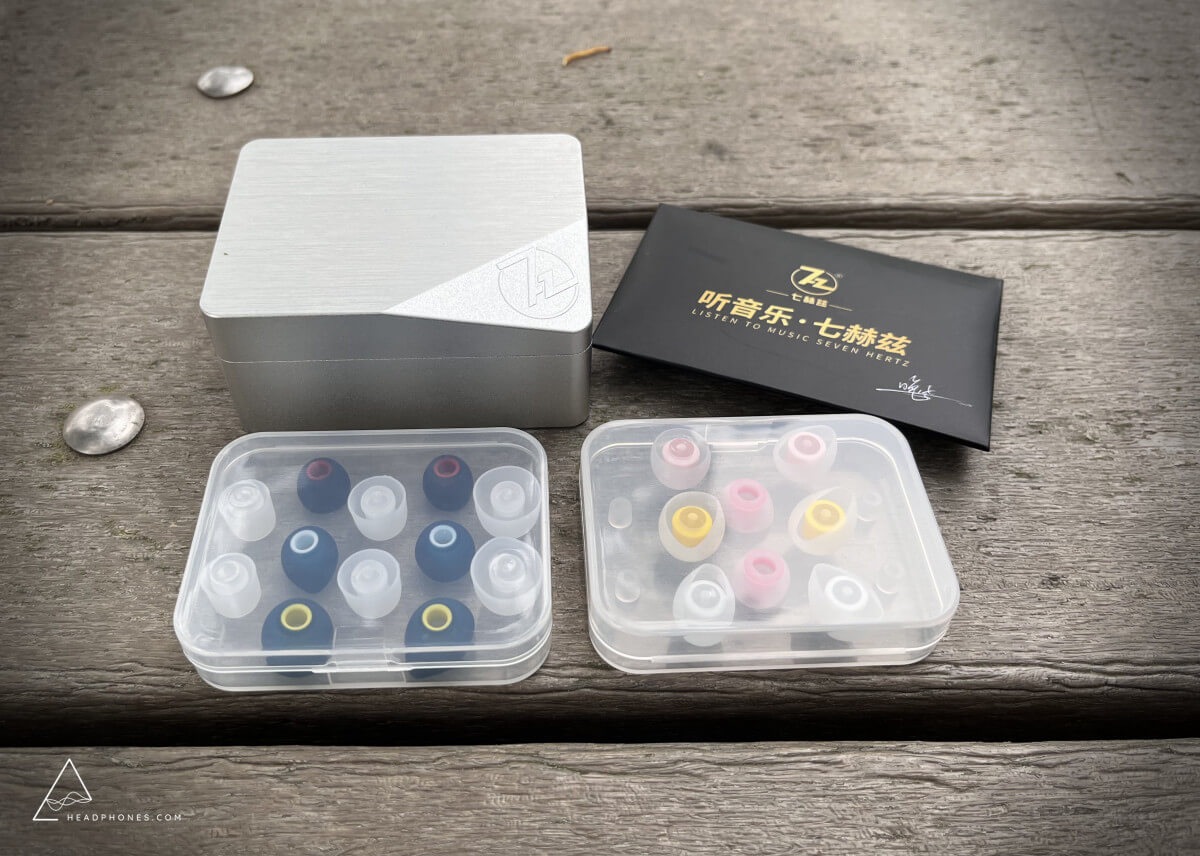
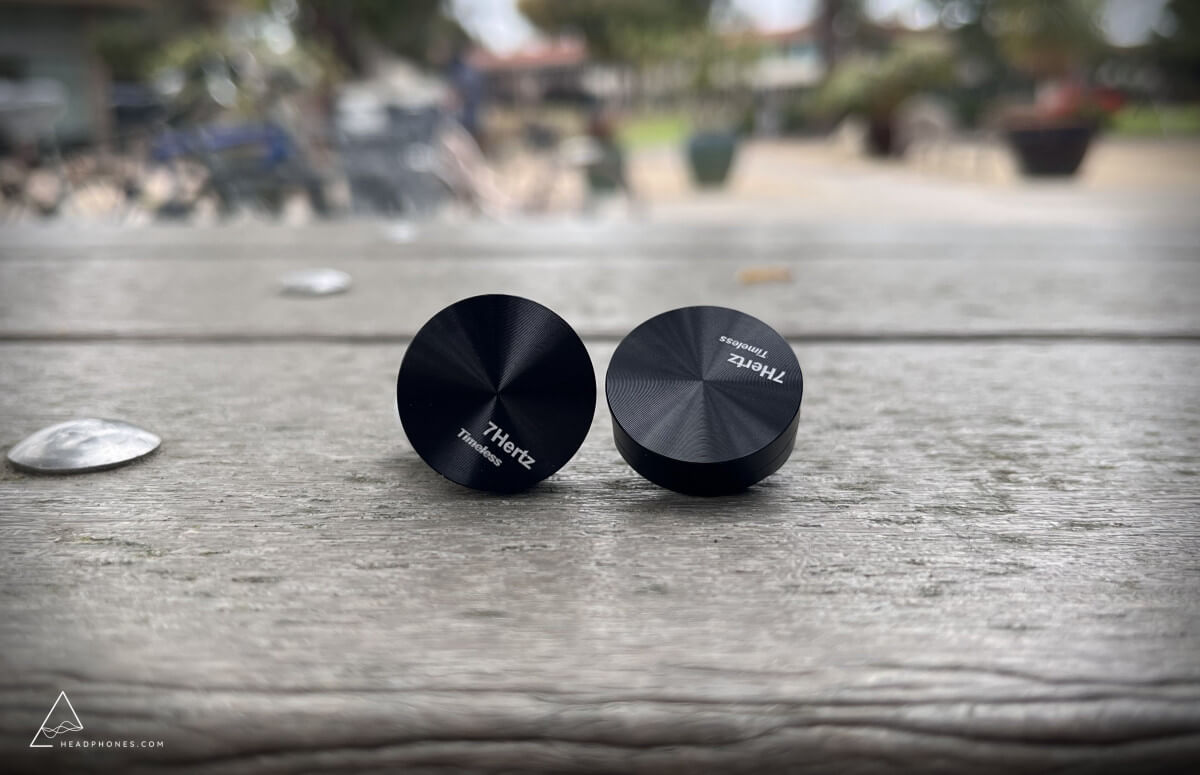
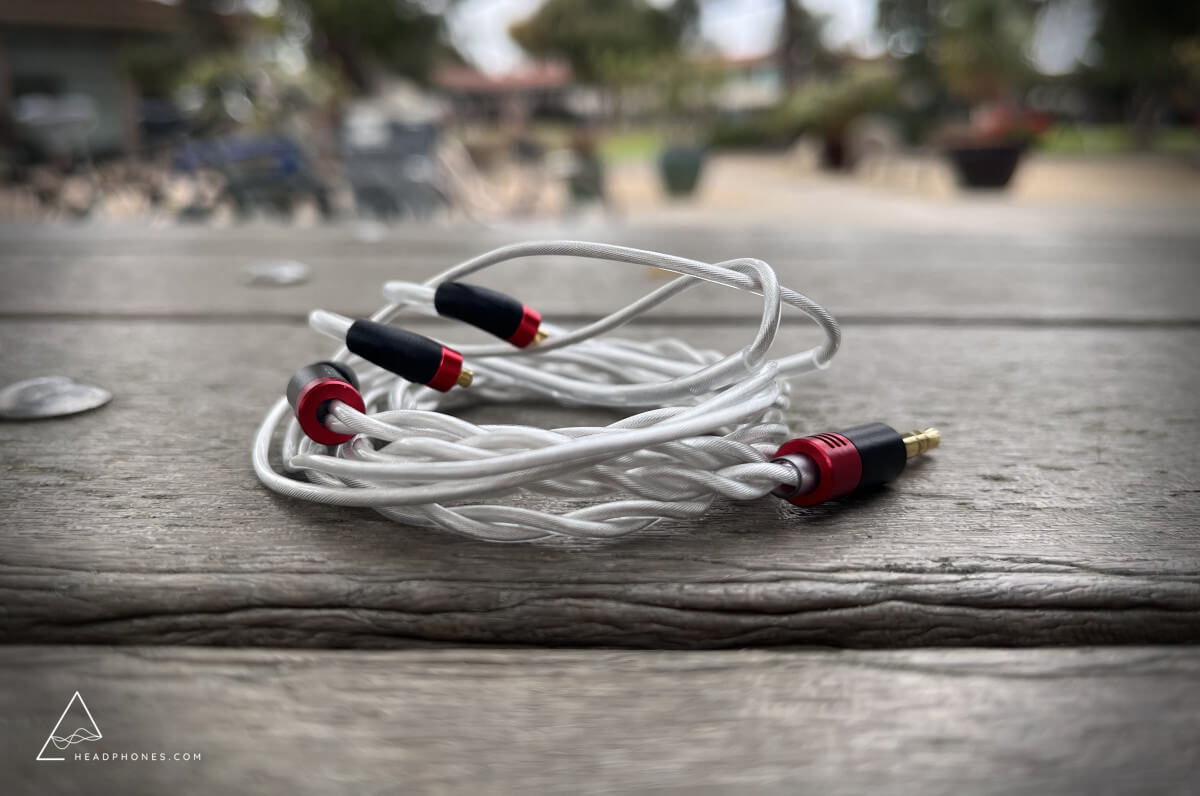
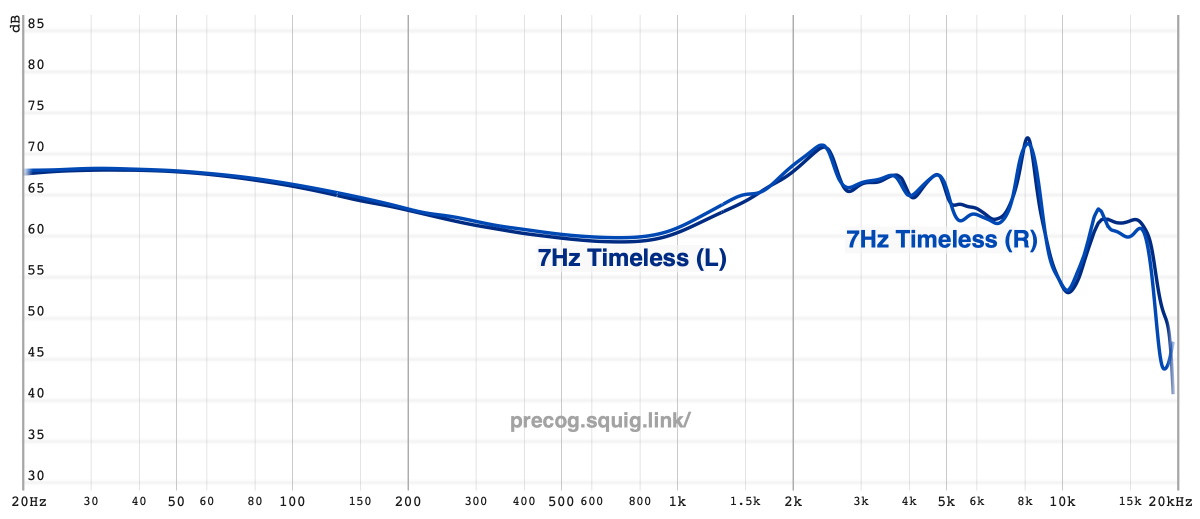
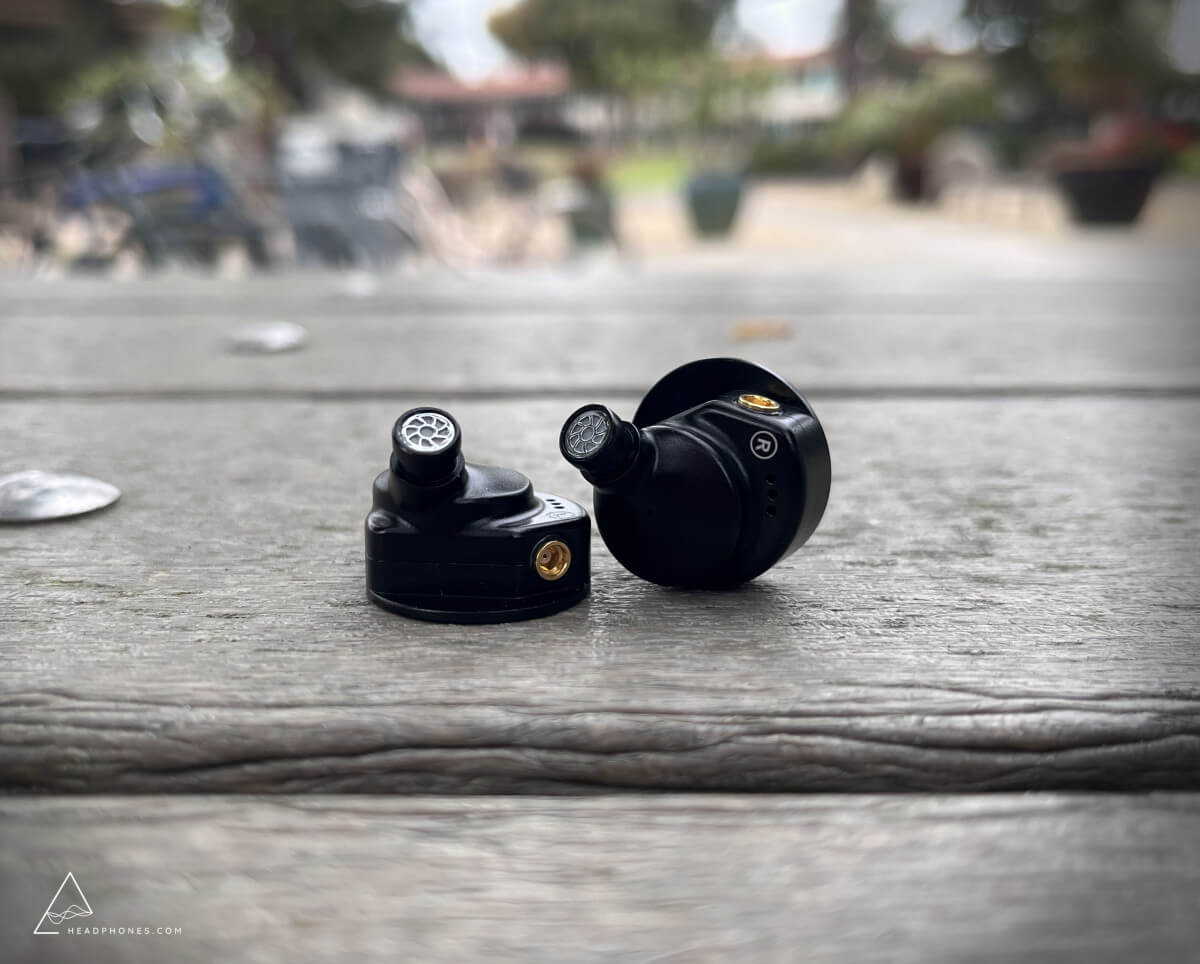
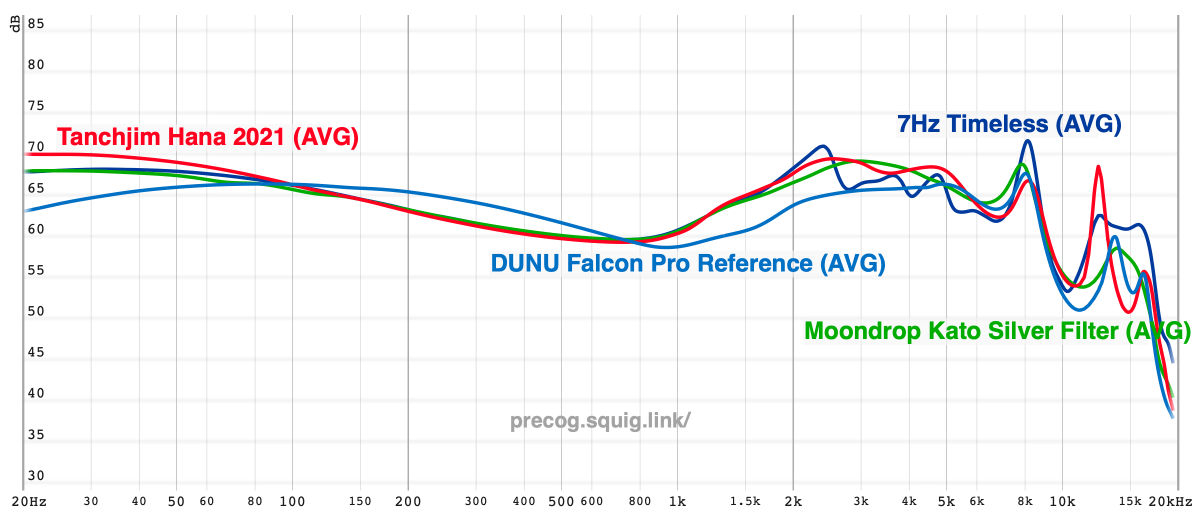



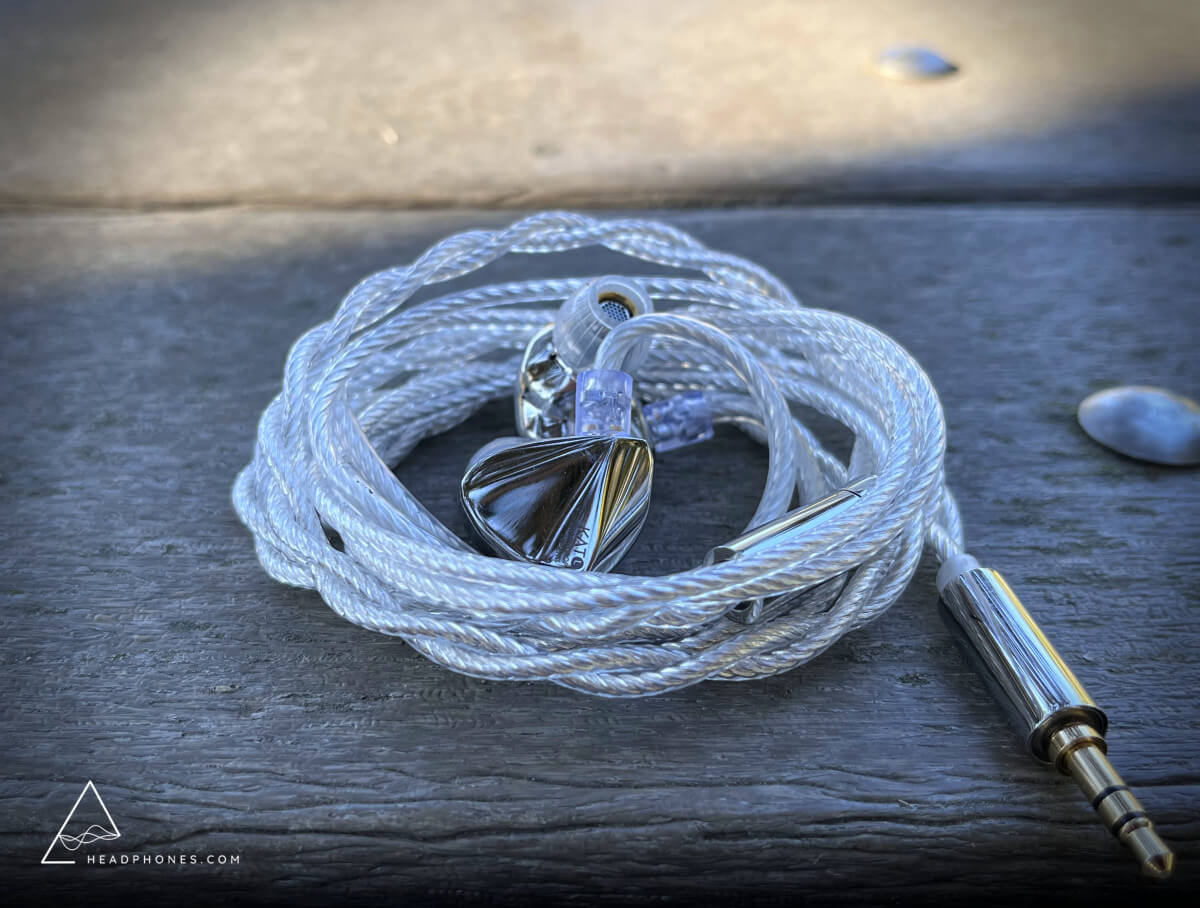
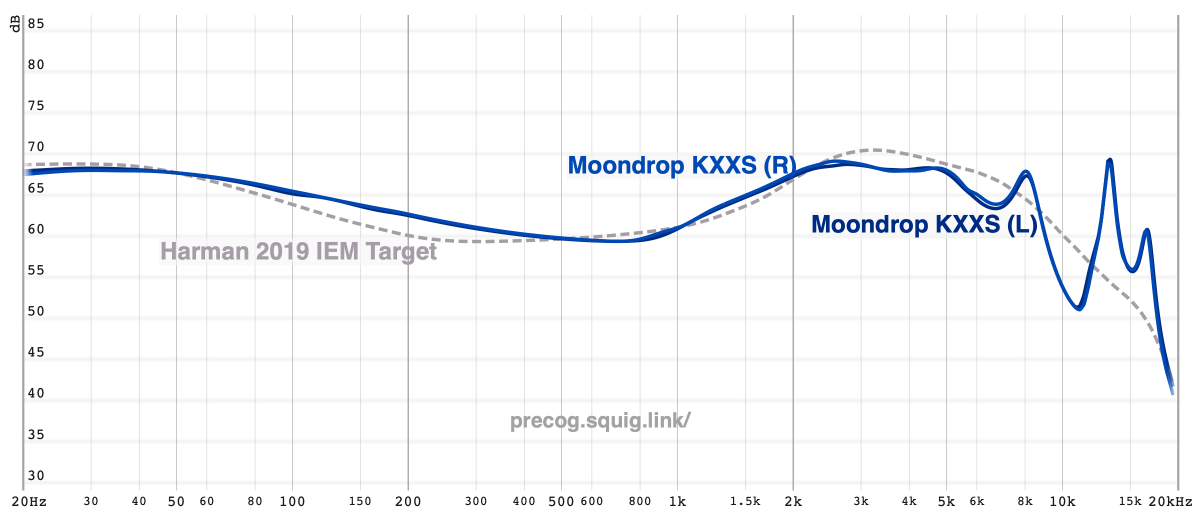






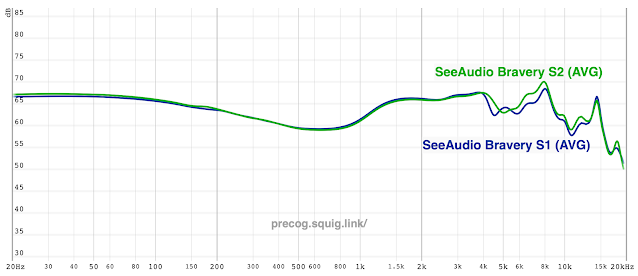




















































The autumn doesn't seem to be a great set other than having a unique tuning system which kind of reminds me of the very obscure Anew X-One which has tuning faceplates.